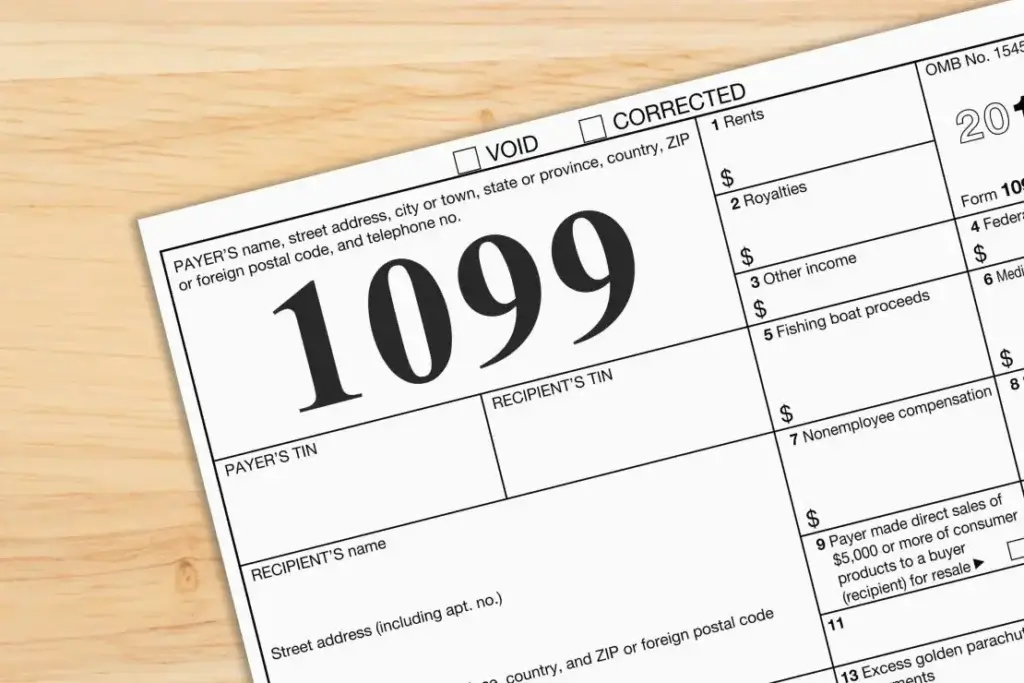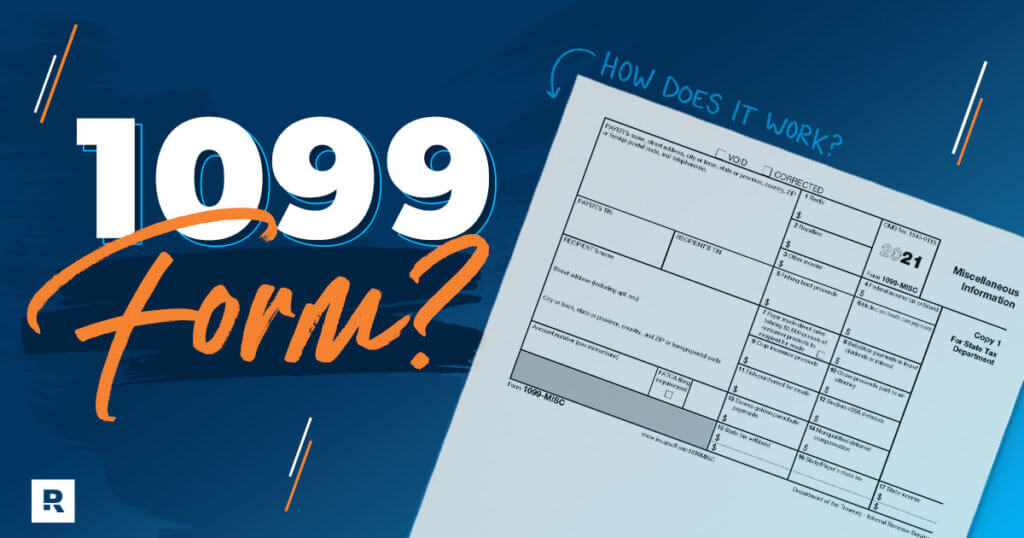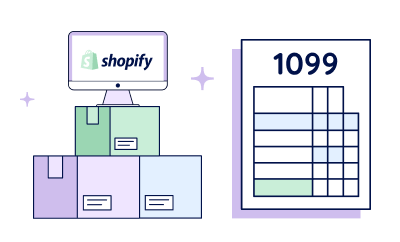Everything You Need to Know as a Shopify Seller to File Your 1099 Forms with Ease and Accuracy
Section 1: Understanding the 1099 form
The 1099 form is a tax form used to report income received from non-employment sources. This form is typically used by freelancers, contractors, and independent business owners to report their income to the IRS. As a Shopify seller, you may receive a 1099 form if you’ve made over $600 in sales during the tax year.
Section 2: Who needs to file a 1099 form
If you’re a Shopify seller, you may need to file a 1099 form if you’ve made over $600 in sales during the tax year. This applies to both US and non-US residents. Remember that the $600 threshold applies to the total sales amount, not just the profit earned.
Section 3: Steps for filing a 1099 form
Filing a 1099 form may seem daunting, but staying compliant with tax laws is necessary. Here are the steps you need to take:
- Gather your records: Collect all payments to contractors or freelancers for services rendered. This includes payments made through Shopify payments or other payment gateways.
- Obtain a W-9 form: Request a W-9 form from each contractor or freelancer you’ve paid over $600 to during the tax year. The W-9 form will provide you with their name, address, and taxpayer identification number (TIN).
- Complete the 1099 form: Use the information from the W-9 form to complete the 1099 form. Be sure to include the contractor’s name, address, TIN, and the total amount paid to them during the tax year.
- Submit the 1099 form: Submit the completed 1099 form to the IRS by the filing deadline. The deadline for filing paper forms is January 31, while the deadline for e-filing is March 31.
Section 4: Tips for staying compliant with tax laws
Staying compliant with tax laws is crucial for any business owner. Here are some tips to help you stay on the right side of the law:
- Keep accurate records: Keep track of all payments made to contractors or freelancers and obtain W-9 forms from them.
- File on time: Be sure to file your 1099 forms by the deadline to avoid penalties and fines.
- Work with a tax professional: If you’re unsure how to file your 1099 forms, consider working with a tax professional who can guide you.
Maximizing Your Deductions
One of the most significant benefits of being self-employed is taking advantage of a wide range of deductions. Here are some of the most common beliefs for Shopify entrepreneurs:
- Home Office Deduction: If you use a portion of your home exclusively for your business, you may be able to deduct expenses related to that space, such as rent, utilities, and insurance.
- Vehicle Expenses: If you use your vehicle for business purposes, you can deduct your actual expenses (such as gas, oil changes, and repairs) or the standard mileage rate (currently 56 cents per mile).
- Supplies and Equipment: You can deduct the cost of supplies and equipment necessary for your business, such as packaging materials, office supplies, and computer equipment.
- Marketing and Advertising: You can deduct the cost of advertising and marketing your business, including website hosting fees, social media ads, and business cards.
- Travel Expenses: If you travel for business, you can deduct expenses such as airfare, lodging, and meals.
It’s essential to keep accurate records of all your expenses and receipts to substantiate your deductions in case of an audit.
Conclusion:
Tax reporting can be a headache for any business owner, but staying compliant with tax laws is necessary. Following the steps outlined in this guide, you can quickly and confidently navigate filing a 1099 form as a Shopify seller. Remember to keep accurate records, file on time, and work with a tax professional if needed.
FAQs
Do I get 1099 from Shopify?
If you are a US-based individual or business using Shopify’s payment processing services and meet specific requirements, you may receive a 1099-K form from Shopify. The requirements vary by state, but generally, you must have processed over $20,000 in gross sales and had over 200 transactions through Shopify’s payment processing services during the calendar year.
On the other hand, if you use Shopify as a platform to sell your products, you may not receive 1099 from Shopify. Instead, you will likely receive a 1099 from the payment processor you used to process transactions.
It is always a good idea to consult a tax professional or accountant for guidance on tax-related matters.
Do you need to pay taxes on Shopify?
If you are a business or an individual using Shopify to sell products or services and generate income through the platform, you may be required to pay taxes. The tax laws and requirements can vary depending on your country, state, or province of residence and the specific nature of your business.
For example, the Internal Revenue Service (IRS) considers income earned through e-commerce platforms such as Shopify taxable income in the United States. You may be required to report and pay taxes on that income. The specific tax laws and requirements can be complex, so it’s generally a good idea to consult with a tax professional or accountant to help you understand your obligations and comply with all applicable tax laws.
Whether or not you need to pay taxes on Shopify will depend on various factors, including the amount of income you earn, the nature of your business, and the tax laws and requirements in your particular jurisdiction.
How do I report tax on Shopify?
If you are required to pay taxes on income earned through Shopify, you will need to report that income on your tax return. Here are the general steps to follow:
- Keep detailed records of all your sales and expenses related to your Shopify business, including any fees paid to Shopify.
- Determine your taxable income by subtracting your business expenses from your total revenue.
- Choose the appropriate tax form for your business type and complete the required information, including your income and expenses.
- Include any applicable forms or schedules required for reporting income from e-commerce platforms, such as the 1099-K form if you received one from Shopify.
- Pay any taxes owed by the due date of your tax return.
It’s important to note that the specific tax laws and requirements can vary depending on your country, state, or province of residence and the particular nature of your business. Therefore, it’s always a good idea to consult a professional accountant to help you understand your obligations and comply with all applicable tax laws.
Does Shopify 1099-K include PayPal?
If you use Shopify and PayPal to process payments for your business, you may receive a 1099-K from both companies. However, the 1099-K form you receive from each company will only report the transactions processed through that payment platform.
So, if you meet the IRS threshold requirements for receiving a 1099-K from Shopify, you will receive a 1099-K from Shopify that only includes transactions processed through Shopify Payments. Similarly, if you meet the threshold requirements for obtaining a 1099-K from PayPal, you will receive a 1099-K from PayPal that only includes transactions processed through PayPal.
It’s essential to keep track of all your payment processing and sales information, regardless of the platform used, so that you can accurately report your income on your tax return. If you have any questions or concerns about how to write your income from multiple payment processors, it’s recommended that you consult with a tax professional or accountant for guidance.






